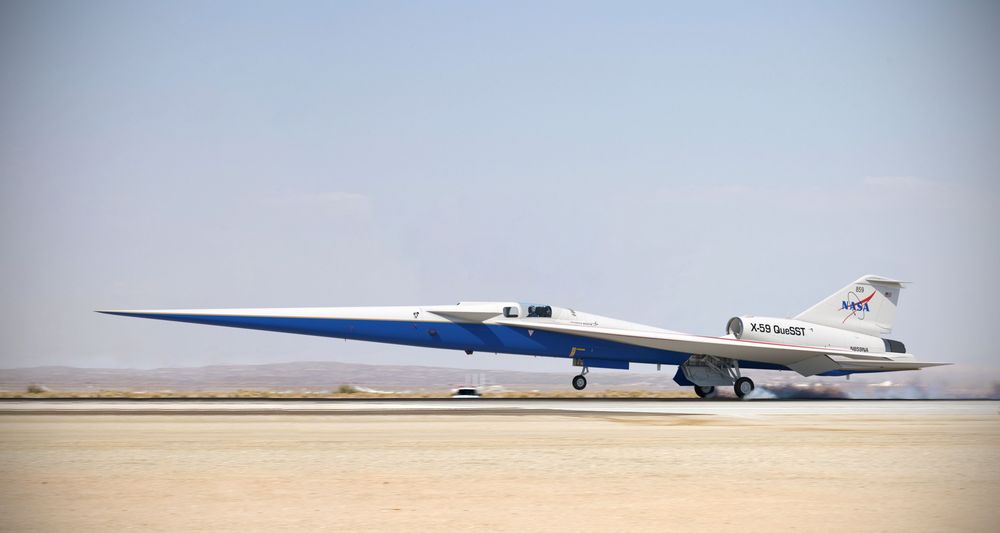Nawa’s Racer goes farther than other e-bikes thanks to an ultracapacitor that harvests more brake energy.
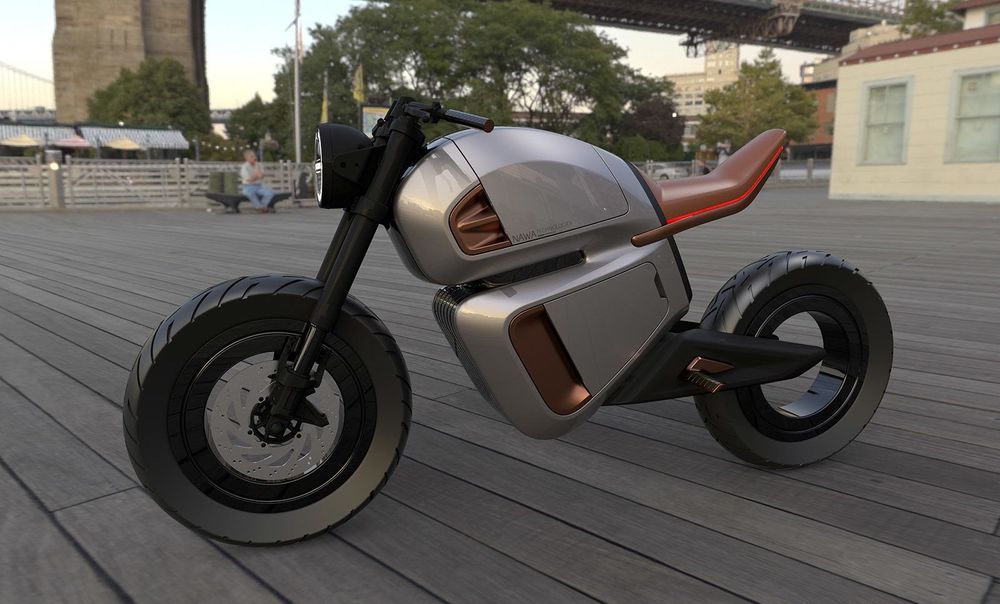

What ever happened to hydrogen cars?
Via Seeker
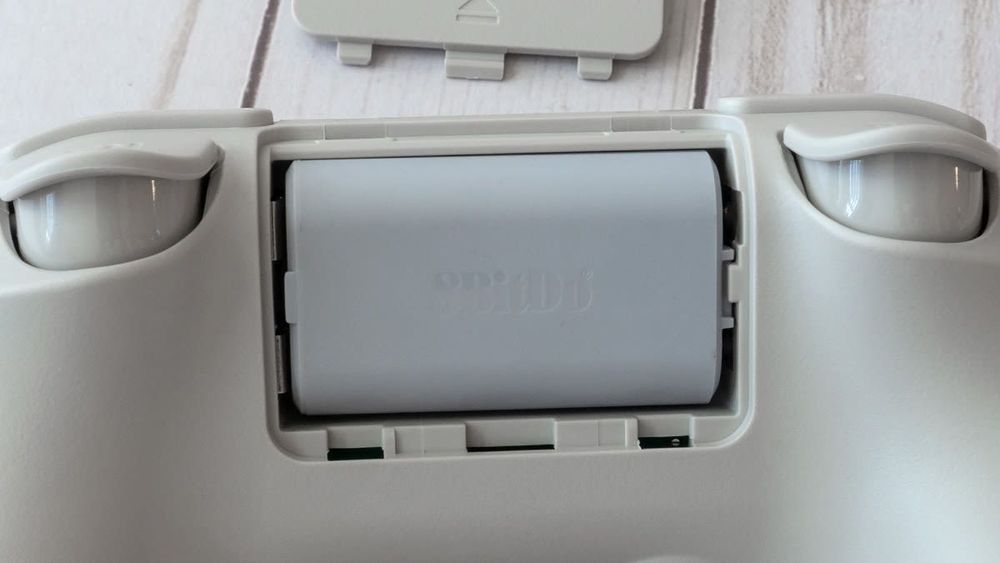
With everything from cars, to trucks, to even airplanes going electric, the demand for batteries is going to continue to skyrocket in the coming years—but the availability of the materials currently used to make them is limited. So scientists at IBM Research have developed a new battery whose unique ingredients can be extracted from seawater instead of mining.
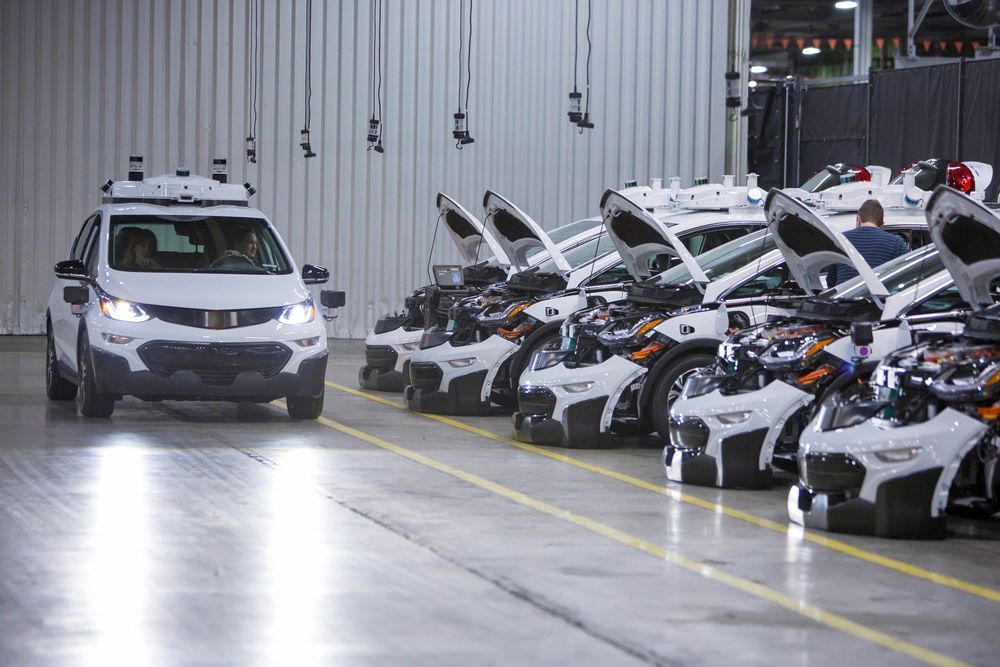
Infrared cameras detect people and other objects by the heat they emit. Now, researchers have discovered the uncanny ability of a material to hide a target by masking its telltale heat properties.
The effect works for a range of temperatures that one day could include humans and vehicles, presenting a future asset to stealth technologies, the researchers say.
What makes the material special is its quantum nature—properties that are unexplainable by classical physics. The study, published today in the Proceedings of the National Academy of Sciences, is one step closer to unlocking the quantum material’s full potential.
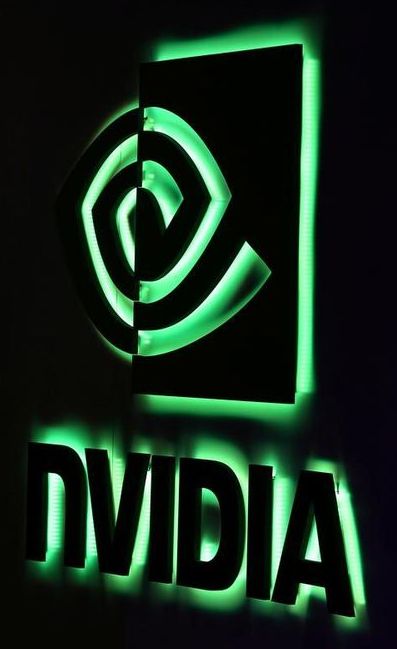
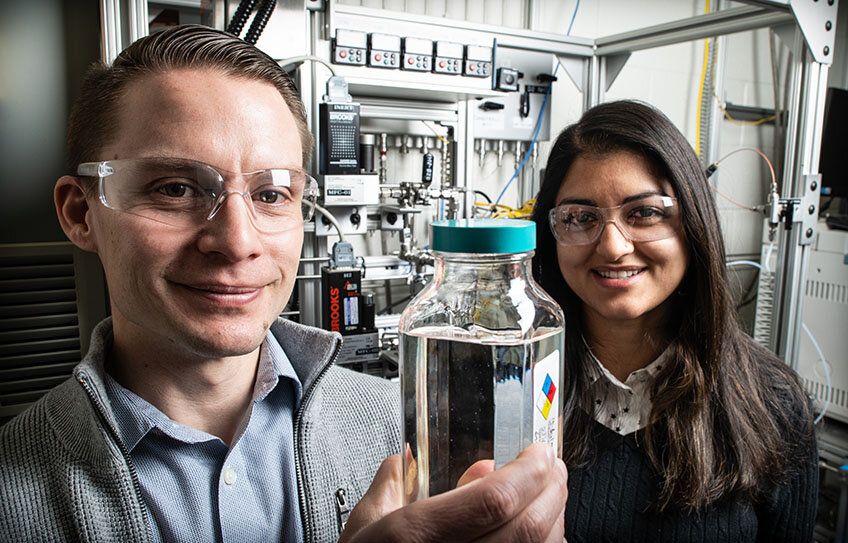
The NREL scientists, along with colleagues at Yale University, Argonne National Laboratory, and Oak Ridge National Laboratory, are part of the Department of Energy’s Co-Optimization of Fuels & Engines (Co-Optima) initiative. Co-Optima’s research focuses on improving fuel economy and vehicle performance while also reducing emissions.
“If you look at biomass, 30% of it is oxygen,” said Derek Vardon, a senior research engineer at NREL and corresponding author of a new paper detailing the Co-Optima research project. “If we can figure out clever ways to keep it around and tailor how it’s incorporated in the fuel, you can get a lot more out of biomass and improve the performance of diesel fuel.” The molecule, 4-butoxyheptane, contains oxygen while conventional petroleum-derived diesel fuel is comprised of hydrocarbons. The presence of oxygen significantly reduces the intrinsic sooting tendency of the fuel upon burning.
The paper, “Performance-advantaged ether diesel bioblendstock production by a priori design,” appears in the journal Proceedings of the National Academy of Sciences. Vardon’s co-authors from NREL are Nabila Huq as the first author, with co-authors Xiangchen Huo, Glenn Hafenstine, Stephen Tifft, Jim Stunkel, Earl Christensen, Gina Fioroni, Lisa Fouts, Robert McCormick, Matthew Wiatrowski, Mary Biddy, Teresa Alleman, Peter St. John, and Seonah Kim.


As the cars we drive become increasingly sophisticated, the technology that underpins them poses a unique set of challenges.
“Currently, technology is more likely to create distractions in vehicles than it is to combat it,” Alain Dunoyer, SBD Automotive’s head of autonomous research and consulting, said in a statement sent to CNBC via email earlier this month.
“These days, cars have a shopping list of features which has led to tasks that were historically quite simple becoming drastically more complicated and distracting,” he added.
